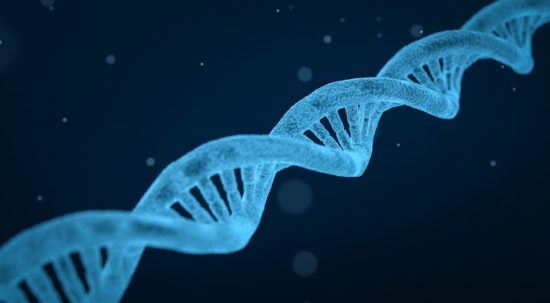Pandemic fluoroquinolone resistant Escherichia coli clone ST1193 emerged via simultaneous homologous recombinations in 11 gene loci
Global growth in antibiotic resistance is a major social and health problem. The most common mechanism of high resistance to fluoroquinolones is the sequential acquisition of 3 mutations in 2 DNA topoisomerases, GyrA and ParC. We show that Escherichia coliST1193 acquired the mutant variants of gyrA and parC not by a conventional stepwise evolution but rather all at once. This was likely a result of a single transfer of about 1 Mb of chromosomal DNA from a phylogenetically distant donor E. coli strain, followed by 11 homologous recombination events involving the transferred DNA. Thus we describe a highly effective mechanism of acquisition of antimicrobial resistance by pathogenic bacteria, which led to the emergence of pandemic E. coli clone ST1193.
AMR NEWS
Every two weeks in your inbox
Because there should be one newsletter that brings together all One Health news related to antimicrobial resistance: AMR NEWS!





